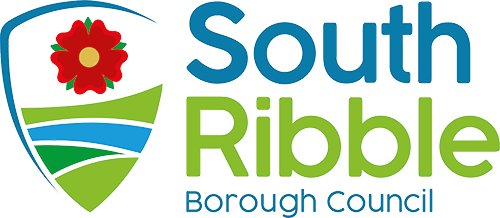Viability
Section 2
How are viability issues identified, and what can be done about them?
At a very simple level a site specific viability assessment looks at the values and costs of a particular proposal.
By deducting the costs from the values you get an outcome, the 'residual', which in our suggested approach would be how much is left to contribute to S106 contributions.
Therefore, by definition, reducing costs, and or increasing values, will improve the viability of a particular scheme.
One of the benefits of using an RLV, is that this method of calculation offers a simple way to model the financial outcomes of different schemes. For example, by trying out different numbers, and/or a different mix of size and types of housing it will be possible to see if viability can be improved.
What issues may be identified?
Issues may be identified in relation to any element of the RLV.
Essentially, costs should be reasonable and values should be realistic. RLVs include allowances for reasonable developer profits and a suitable value for the land. It is important to remember that on-site affordable housing has a value, which should also be accounted for, albeit not full market value. CIL charges should be included as a cost and the sums for how they were calculated included in the supporting text of the viability appraisal.
Where there is a clearly identified viability issue, the next stage of discussion will be to see if anything could be done that would reduce costs and/or increase values. Redesigning the scheme, including considering changes to the mix, size, type and tenure of the units may also be considered, where this would improve the viability of the scheme.
This approach is in line with the National Planning Practice Guidance which indicates that where the deliverability of the development may be compromised by the scale of planning obligations and other costs, a viability assessment may be necessary. This should be informed by the particular circumstances of the site and the proposed development in question. Assessing the viability of a particular site requires more detailed analysis than at plan level.
What if the scheme is still not viable?
There are many reasons in relation to good planning, and our wider role, to work with applicants to try and improve the viability of any proposal. Ideally, we should work together to find a way to deliver a scheme that meets all the targets. However, this may not always be the case.
In such circumstances the aim will be to get as close to the targets as possible, by securing as much as is viable.
Having considered efforts to improve the viability of the scheme, if an applicant has clearly demonstrated that providing the target amount of affordable housing and other requirements on a particular site is currently not viable we may agree to negotiate.
As was clearly demonstrated during the credit crunch, the viability of a site may change over time. RLVs are a snapshot in time and reflect current costs and values. For schemes with longer build out rates we may seek to include claw-back or overage clauses, or programme in a re-appraisal of the RLV and resulting contributions, at particular phases of the scheme.




